Layers, one thickness, course, or fold laid or lying over or under another
Today was a finicky one, since there is no L letter or phoneme in Japanese – loanwords from other languages such as English will typically use ru- or ra- syllables instead. So obviously I couldn’t use a traditional motif or technique for this entry. Instead, I decided to run with a relatively mundane English word. Layers. Lots of lovely layers!
The concept of layering one kimono over another is definitely nothing new. Think back to my entry about junihitoe from a few days ago! As recently as the Taisho era, it was common for formal kimono to come as a kasane set, including two or three layers of matching kimono in coordinating colours. Even after these were deemed too heavy and impractical, it was trendy to use a dounuki, which was somewhere between a kimono and a juban, to give the illusion of multiple layers.
I bought this kimono way back in the early autumn, before the whole flood nonsense, but I’d just never had the occasion to do anything with it until now. But I knew it would be gorgeous with a peek of bright golden yellow peeking out at the collar, sleeves, and hem, so out it came.
My vivid yellow rose houmongi made the perfect layer underneath, along with a green and gold date-eri to give the impression of even more layers! I used my beloved green and gold hakata obi to pull out more of the green and gold, and draw more attention to the gorgeous stained-glass designs on the kimono. Of course, my beloved lemon-yellow accessories worked perfectly here. But honestly, when don’t they work?
I love this whole coordination more than I can express. I knew in my mind it would work well, but seeing it in person it’s even better than I imagined. It’s always a great day when that happens!
Items used in this coordination
- Indigo Stained Glass
- Gold Roses
- Solid yellow
- Emerald with Gold
- Lemon Yellow Shibori
- Yellow Hakata

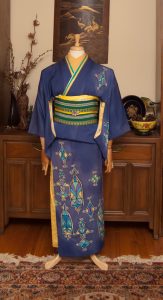
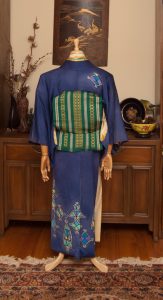
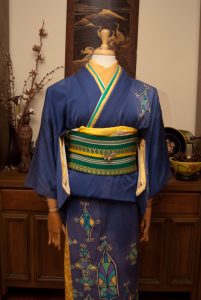
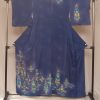
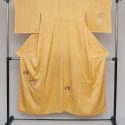

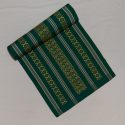
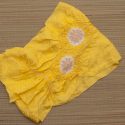
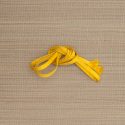

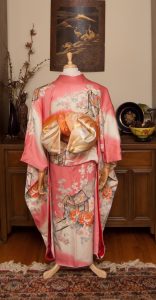
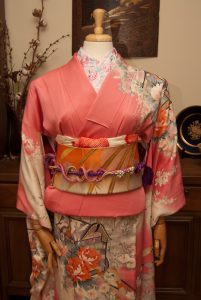
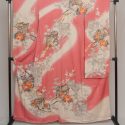
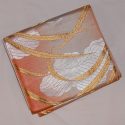
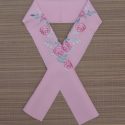

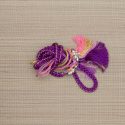
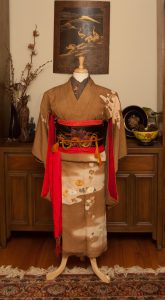
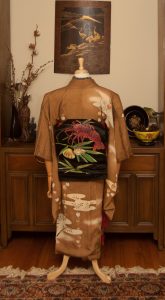
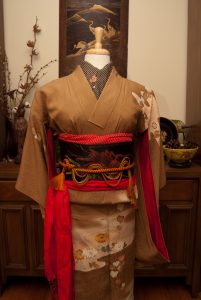
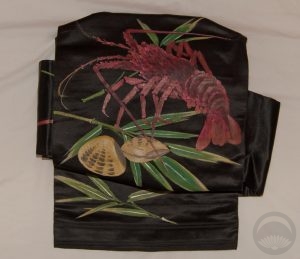
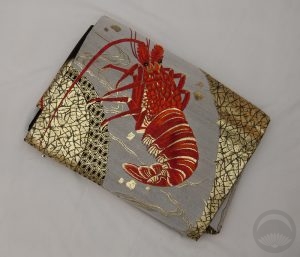
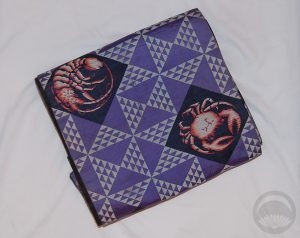
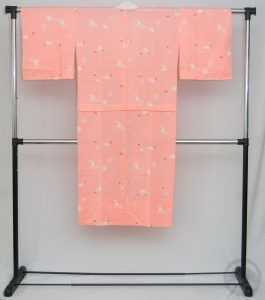
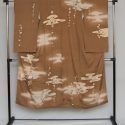
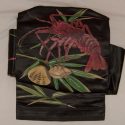
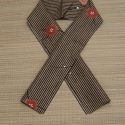
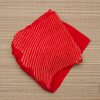
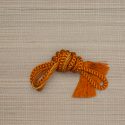
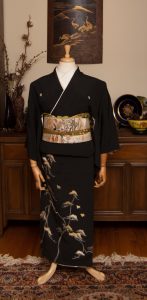
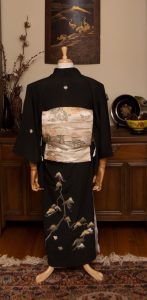
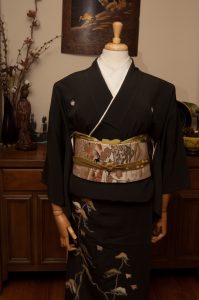
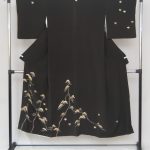
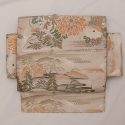
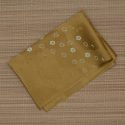
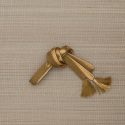
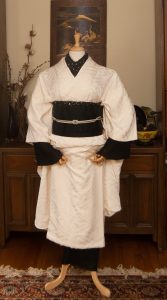
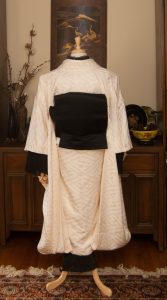
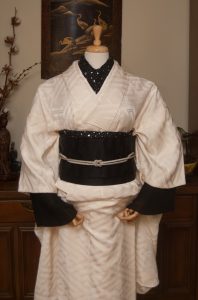
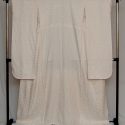
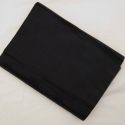
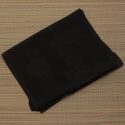
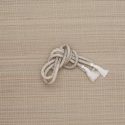











 Bebe Taian
Bebe Taian CHOKO Blog
CHOKO Blog Silk & Bones
Silk & Bones Gion Kobu
Gion Kobu